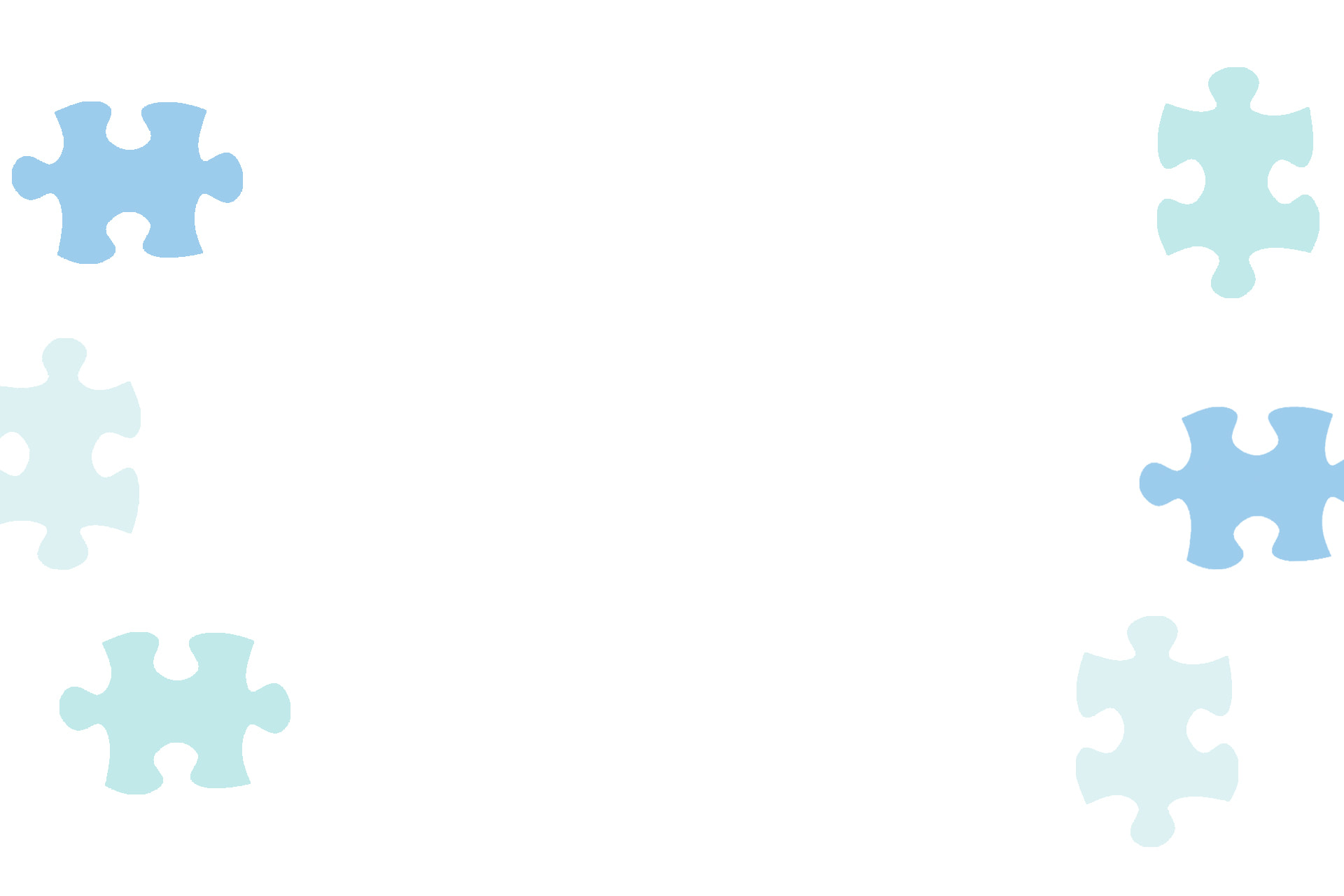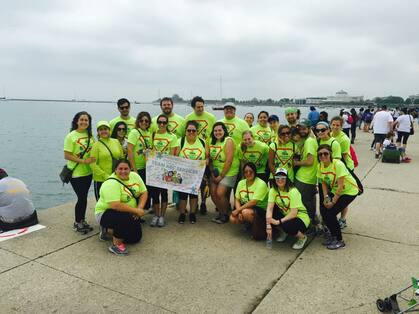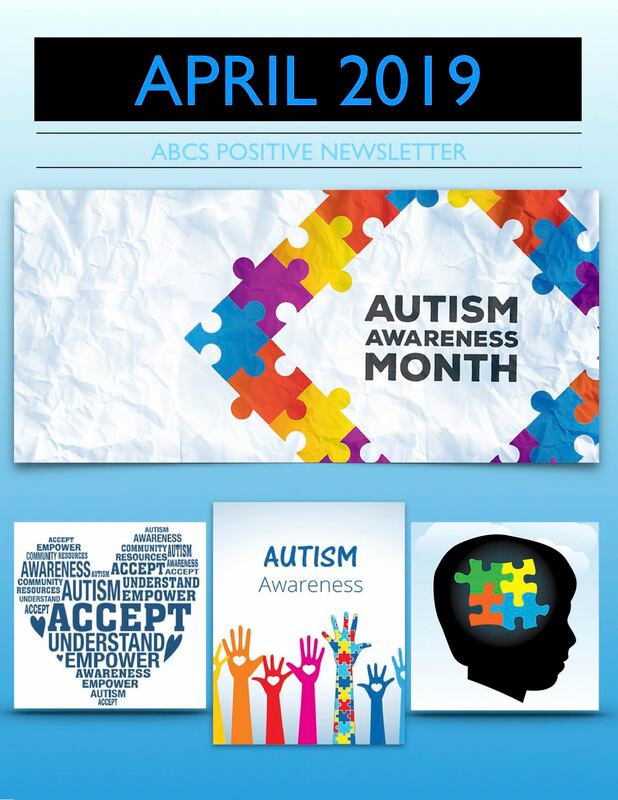|
6 Tips for Creating a Therapy-Ready Home
So your ready to start in-home ABA therapy, what next? Starting in-home therapy can feel like an overwhelming process and you may not know exactly what needs to be done to prepare. Take a deep breath! Here is an easy guide for parents/caregivers to use to get their home ready for therapy.... Tip #1 Create a space in your home specifically designated for therapy. This can be in your child’s bedroom, a spare room or even an office space. You will want a small work table, cubbies/storage space for therapy materials, and plenty of floor space. Having a safe and fun place for therapy can help your child and their team feel comfortable during their therapy sessions! Tip #2 Purchase rewards/reinforcers for your child to utilize during their ABA therapy sessions. Reinforcement is a vital part of ABA therapy. It gives your child rewards for their successes and helps your child and therapist pair in a positive way. When your child has access to positive reinforcement, they will have higher rates of reaching their goals! Tip #3 Get involved! Parental involvement is crucial to your child’s therapeutic outcomes. Talk to your child’s ABA team about ways you can join in on therapy. If you feel you could benefit from individual Parent Training with your child’s team, don’t be afraid to inquire! When you get involved, your child has a better change at generalizing skills outside of therapy, leading to even more success! Tip #4 Talk to your family about their role in your child’s therapy. Perhaps you have other children that may interfere. You’ll want to make a plan to ensure they do not interrupt when it’s not appropriate. It’s also important to talk to other adults in home about their role in therapy. Your family should all be on the same page with your child’s ABA team. Using different methods of reinforcement, levels of demand placements, and interactions with your child could lead to reduced effectiveness of treatment, confusion and difficulty in learning for your child. Tip #5 Ensure collaborations! Your child may receive a variety of outside therapies. You’ll want to make a plan to get everyone linked together. Look into signing release of information documents so all your child’s teams can communicate together. Share evaluations and progress notes with all therapists involved. You could even consider scheduling meetings in your home for all therapists to come together for collaborations that can increase your child’s progress and ensure goals do no unnecessarily overlap. Tip #6 Relax! Having therapists in your home sounds like an overwhelming invasion of your personal space, but it’s not what it seems. Therapists are very mindful and respectful when they enter into your territory. They have been trained to work in the home environment and understand what it takes to make this a positive experience for everyone in your home! At ABCS, we have an experienced team of ABA professionals that are eager to review the start-up process with you and review any additional ways you can help to ensure your child’s therapy needs are met every step of the way. If you have any questions about starting ABA therapy, please feel free to give us a call at (312) 420-2093 Guide by Ms. Michelle , RBT ABCS Senior Behavior Therapist
0 Comments
Sensory Tool KitsMany children with Autism, and other special needs, come with sensory processing challenges. Some kids struggle to find out where their bodies are in space, causing concerns with personal space and crashing into anything and anyone in their path. Other kids are either over-sensitive or under-sensitive to certain sensory stimuli, such as textures, smells, tastes, sounds and even sights. As a result, some kids may withdrawal from social situations and display aggression, sadness, becoming too intrusive, fear or becoming too active.
No matter how different their sensory processing challenges may be, they all seem to share one common trait…they struggle to self-regulate. Since their brains have trouble processing sensory input, this puts their nervous system in a constant state of high alert, making them more prone to a wide variety of behaviors. Having some “tools” available to help them stay regulated can go a long way and assist your kiddo in ways that their bodies crave! What exactly is a Sensory Tool Kit? A Sensory Tool Kit is usually a box or bin full of sensory items that help your child stay calm, focused or stimulate your child’s sensory system. You can look to your sensory tool kit when you notice your child is overstimulated, feeling sluggish, looks bored or uninterested, or having a hard time dealing with a stressful task. Sometimes it’s a good idea to have these sensory bins placed in multiple rooms in your house to ensure your child can access them wherever your child is most likely to hang out at home. At first, your child may not seek these items out on their own so you may need to guide them and encourage them to use their new tools. It’s also a good idea to make a portable Sensory Took Kit, placing various sensory items in a travel bag to have them handy when on the go. What’s inside the Sensory Tool Kits? First, you should ask yourself what type of items your child likes and dislikes? If you don’t know the answer to this, you can take your child to the store to introduce a few items and see what they gravitate towards and what they avoid. It’s a good idea to have a mixture of both to help expand sensory input. Next, you’ll want to find items that help keep your child both calm and alert so you can use these items when deemed appropriate contingent on their current sensory state. Think of items that will reduce stress and items that will engage your child for better focus. Examples of calming items might be noise-cancelling headphones or a squishy ball. Items that may assist with focus might be a small fidget cube or chewing gum. Here is a List of Sensory Items to help you make your kit: FIDGETS: CALMING: ORAL INPUT: FOCUS: How & When to use Sensory Tool Kits? Once you have all your sensory materials set up, your child may not seek them out on their own. You may need to engage with your child and explore the new items together at random. You can also explain their purpose and encourage them to use them when they need to calm down, focus or feel like they need to regulate their body. If your child does not know what his body needs, start pairing items with specific information. In example, when you notice your child is overactive, hand them a calming sensory toy and say, “Here is a squishy ball, it can help your body calm down since it looks like you have a lot of energy right now.” If you create a travel sensory kit, start introducing items when you get into the car. Once you reach your destination, help your child choose appropriate sensory items to bring with them. You could even get them a small book bag so they have easy access and start independently getting them out or putting them away on their own. When using your sensory tool kit, you want to look for times your child actually needs the tools to avoid them becoming regular toys that don’t serve a purpose. Your child should have their own toys to play with when they are naturally self-regulated. You also don’t want to push these toys too much, so introduce these items gradually to avoid any power struggles. Again, this process will all be trial and error. It will take some time to figure out what your child likes and needs to help with sensory processing. Be patient and flexible! Once things fall into place, you will create a great tool kit to help your child (and you!) stay stress-free and happily regulated! Guide by Ms. Michelle , RBT ABCS Senior Behavior Therapist Welcome to ABCS
At Autism Behavior & Childhood Services, we take great pride in the comprehensive services we offer. Working with us entails individualized, evidence-based treatments, consultations, education, support and empowerment for individuals with Autism and their families. We thrive to provide exceptional, quality services, staff satisfaction and parental satisfaction. Our primary goal is to assist our clients to achieve their fullest potential while providing support and resources whenever possible. We do this by creating high-level solutions using the methods of Applied Behavior Analysis (ABA). Our team and services are always top-notch and hard to match! We currently provide well-sought after in-home and school-based services within the Chicagoland area. See more about our services here Why Choose Us?
This means we use evidence-based practices that have been tested and approved for the best results possible. We thrive to stay up-to-date on the latest research to make sure we base all our treatment models on the most innovative interventions currently available. We take great pride in taking objective data on all goals and evaluate your child’s progress based off data instead of using best guesses or opinions. When our data reflects change is necessary, we work hard to do so in a manner that best benefits your child. Our team is seasoned and credentialed We adhere to ethical standards day in and day out. Our team is experienced, well trained and backed by various credentials to ensure your families needs are confidently met. We value our team and take great pride in all their accomplishments! Supported, Empowered and Educated ABCS knows the impact that Autism can have on the families we work with. Research reflects that when a family feels supported, educated and empowered, they have the potential to see greater improvements in their child’s behavior. Our team works hard to include parents and families whenever possible. We are committed to providing individualized care to help our families feel the support they deserve. Ready to get started? When you contact us, we can start the process of learning more about your needs in order to best match your child’s needs to the right team members, check insurance and billing arrangements on your behalf, begin the scheduling process and walk you through every step of the process of getting the services your child deserves! -Team ABCS If you are familiar with Autism, chances are you have heard the term “ABA”. Many people coin the terms as two peas in a pod, but truth be told, it’s not JUST for individuals with Autism. ABA is all about making meaningful, socially significant changes, learning new skills and teaching those individuals how to utilize those new skills outside of the treatment setting.
ABA stands for Applied Behavior Analysis. It’s also known as an effective, data-driven treatment model that is strongly backed by science. In layman’s terms, it’s the study of human behavior. If you wanted to get technical, the best available definition was written in 1968 by Baer, Wolf, & Risely: “Applied Behavior Analysis is the process of systematically applying interventions based upon the principles of learning theory to improve socially significantly behaviors to a meaningful degree, and to demonstrate that the interventions employed are responsible for improvement in behavior.” Unlike what people often times believe, it doesn’t just decrease unwanted behaviors. We can also seek out ABA to teach new behaviors, hone in on attention deficits, enhance self-help skills, increase language and communication, tap into social skills and even work on academics. ABA is an endless world of possibilities. Keep in mind… ABA is about ALL behavior despite what you may have heard! (Not just the bad behaviors!) Basically, your ABA therapist will focus in on antecedents and consequences, those are just fancy terms for what happens before and after a behavior. These play a huge role in the occurrence of any behavior, positive or negative. Sometimes, things just need a quick fine tune using a commonly-referred to principle of ABA…POSITIVE REINFORCEMENT! See a great behavior you want to keep in your kiddo’s repertoire? It needs to be rewarded at a higher rate (and by reward, it could truly be as simple as a “Nice Job!” or a fist-bump.) Chances are that behavior will increase and even generalize. It’s not easy and sometimes, you need an extra hand to reinforce all those *ROCK STAR* behaviors you want to see from your child every day…. If you think your family could reap the benefits of ABA, click contact us to get started. Guide by Ms. Michelle RBT, Senior Behavior Therapist Reference: Baer, D.M., Wolf, M.M., & Risley, T.R. (1968). Some current dimensions of applied behavior analysis. Journal of Applied Behavior Analysis. 1, 91-97. |
Categories
All
Archives
December 2022
|





 RSS Feed
RSS Feed
